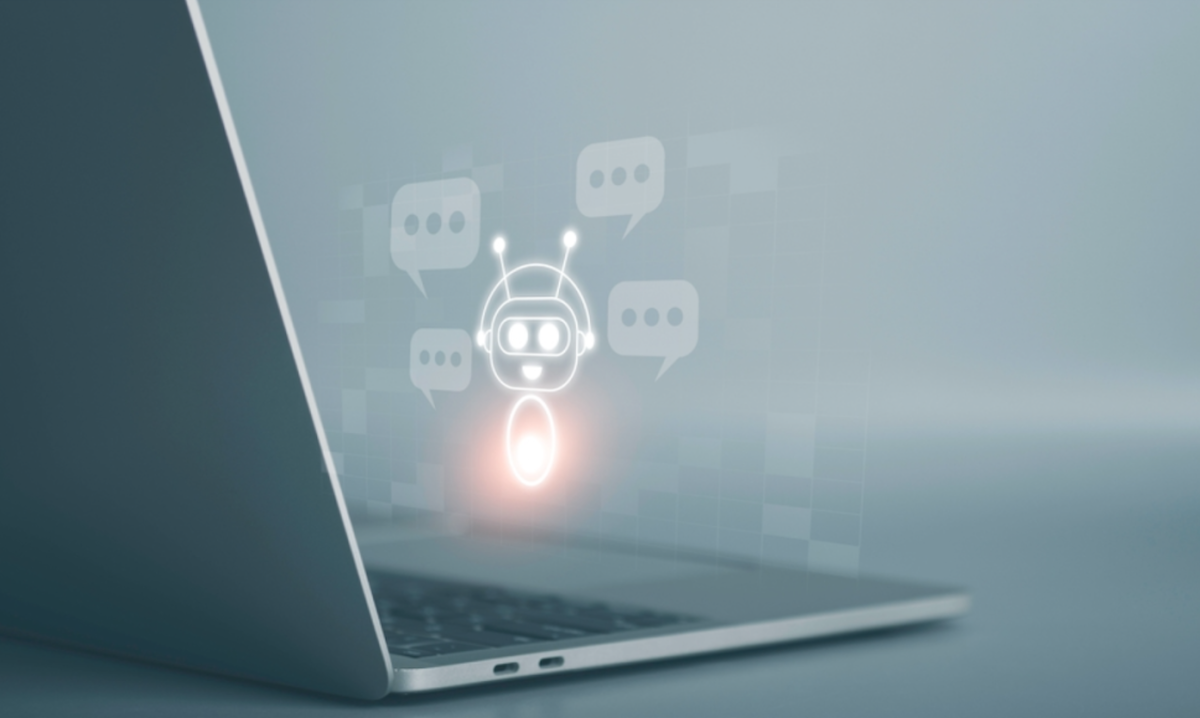
The question of whether artificial intelligence (AI) will eventually replace human labor has been a long-standing topic of discussion across academic, business, and political sectors. As AI technologies become more sophisticated and capable of performing complex tasks traditionally handled by people, concerns and speculation surrounding job displacement have intensified.
Over the past decade, AI has demonstrated significant capabilities in areas such as natural language processing, decision-making, image recognition, and predictive analytics. Applications of AI in the workplace range from chatbots handling customer support, to algorithms administering financial portfolios, to machines performing precision tasks in manufacturing and logistics.
However, predicting the timeline and extent of AI’s impact on employment remains a challenge. Studies conducted by organizations such as the World Economic Forum and McKinsey have suggested that while certain routine and repetitive jobs are highly susceptible to automation, many others—particularly those requiring empathy, creativity, and complex problem-solving—are less likely to be replaced entirely by AI. Instead, these roles may evolve to include greater interaction with automated systems.
In educational settings, researchers have explored how machine learning can streamline administrative duties and personalize learning experiences. Still, teachers and professors play critical roles in mentorship and social development, aspects which current AI struggles to replicate effectively.
Critics of AI expansion warn that widespread automation could exacerbate unemployment and economic inequality if not carefully managed. Proponents, on the other hand, argue that AI could free workers from mundane tasks, allowing them to focus on higher-order functions and innovation. They also note that, historically, new technologies have disrupted job markets temporarily but ultimately contributed to the creation of new industries and roles.
Policymakers are increasingly urged to implement frameworks that anticipate these shifts, including investments in digital literacy, retraining programs, and regulatory mechanisms to ensure ethical deployment of AI technologies.
In summary, while AI’s potential to replace certain human jobs is evident, its broader effect on the labor market depends on a combination of technological maturity, societal adaptation, and proactive policymaking. The consensus among many experts is not whether AI will change the nature of work—but how prepared we are for that transformation.
Source: https:// – Courtesy of the original publisher.








